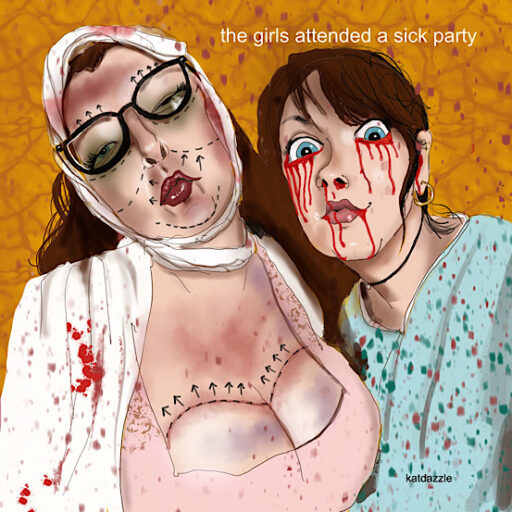
I have no idea how I’ll work six arms at a time but maybe I’ll just let them swing? This puppet will be a tabletop puppet, which means it will not have strings but manipulated by one hand on a surface like a table. Not sure how this will work with my stage which is made mainly for marionettes. I’m taking an extensive wood puppet class-Puppet Mastery With Bernd Ogrodnik from Iceland. I love this guy! He is an outstanding teacher. His warmth comes right through the screen. Puppet people are the best!#savethebees#Varroadestructor#bees#bee#puppetdesign#artistsoninstagram

The real Varroa Destructor mite
Varroa destructor, or the varroa mite, was introduced from China and has unequivocally been causing honeybees problems since the end of the 1970s. These mites infest the broods and live off the blood of bees. Additionally, viruses that deform the wings infiltrate the open wounds at the point of contact of the bites. In human terms, this mite would correspond to a leech the size of a rabbit.

Weakened colonies are plundered by stronger ones—after all, where else can nectar be more easily foraged than where the stocks have already been fully processed?—and the raiders are in turn jumped on by the Varroa destructors, which hitch a ride with them to other, possibly uninfected hives.
Bees affected by Varroa do not die from loss of blood to the blood-sucking mites, which go particularly for larvae but also attack adult bees, but from the secondary effects. Pathogens enter the hemolymph via the bite wounds and then the bloodstream. A typical and striking result of such infection is wing deformity. Workers bitten during the larva stage hatch with stunted wings, making them unfit to fly and condemning them to a short life.
And the Varroa of today can breed an extra generation of tormentors—possibly an effect of climate change, because the summers increasingly linger deep into fall. “One reproductive cycle more is really a critical factor!”

